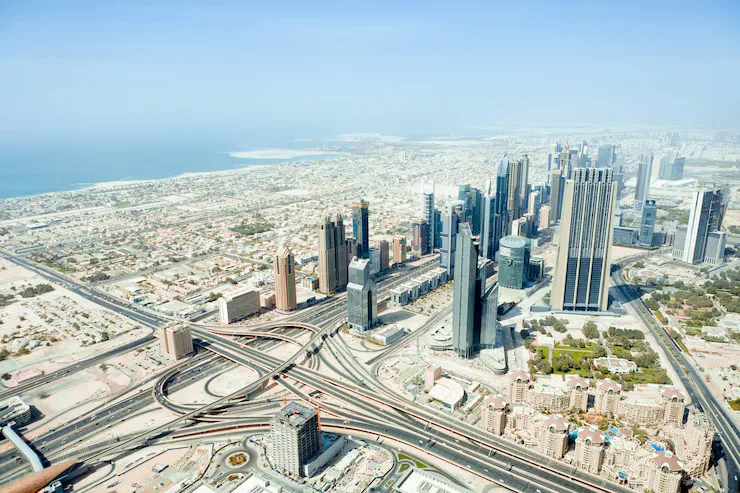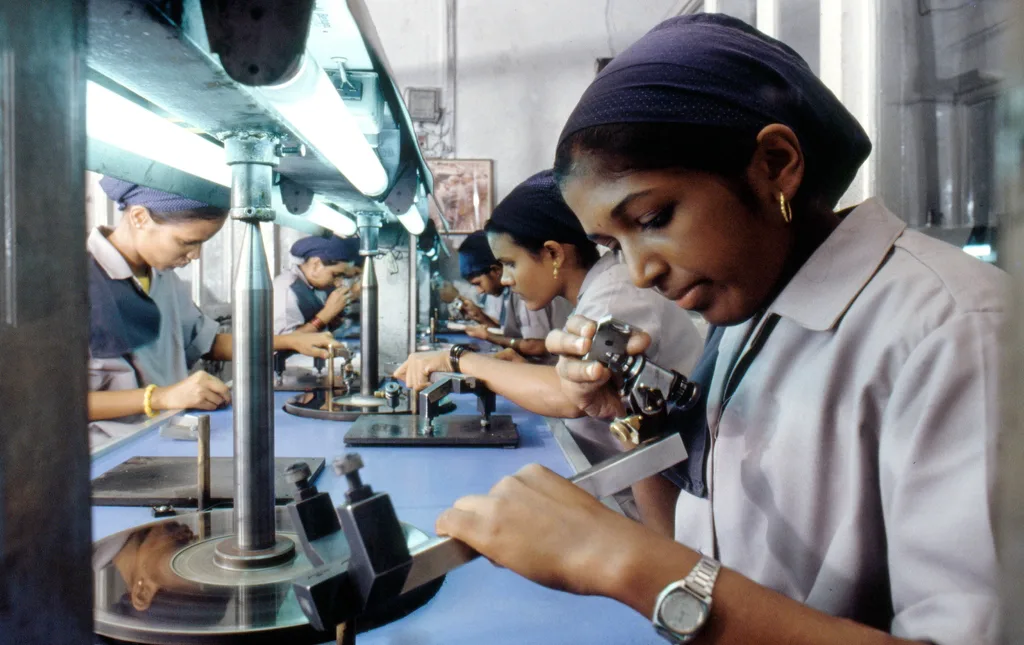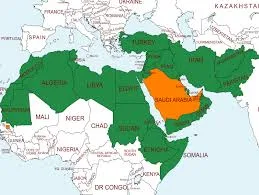Migrating from one place to another is not a new phenomenon. People have moved from one place to another for various reasons, be it in search of a better life, more money, or a better climate to live in etc. In our history lessons we have learnt about great travellers like Vasco Da Gama, Christopher Columbus, Nicolo Conti, who travelled the world and made a name for themselves. But unfortunately we do not see many women travellers in history. But the times have changed, and women are travelling more. They are searching for jobs, or education, and money.
Uncertainty is all what Urban Migration is all about.
Reasons behind catching a train to the city are Dreams, Desires, Ambitions and Career.
It may be expectations of a greater livelihood, educational opportunities, moving away from conflicts at home, or dreams for a glamorous life. Migration is one process which helps in changing the fabrics of the society. Along with this the demography of the place also changes and it brings business and culture to the city. But the question is how it impacts women from villages and small towns. The city will become the reason behind their enlightenment, and knowledge. This knowledge would help them to be a part of this new city.
Recent Studies Showed us that Indian Women Migrating to the Middle East: 71% Growth Expected in Coming Years

The Indian real estate industry employs 71 million people, of which only 7 million are women, resulting in a low female employment rate of 25.1%. Addressing gender inequalities through targeted up skilling and fair pay could lead to significant economic benefits and improve inclusivity and productivity in the industry.

The Middle East is undergoing a significant demographic shift in the workforce, with Indian women leading the way. According to recent statistics from Huntr, the number of Indian women migrant workers in the Middle East is expected to increase by more than 71% in the next two to three years. This increase will be fuelled by growing opportunities in the hospitality, construction, healthcare and technology industries.
This trend shows a major shift in the region’s labour force as more Indian women take up jobs in fast-growing industries. The MENA (Middle East and North Africa) region is becoming a key location for this change as the number of Indian women workers is expected to increase from 3.5 million to 6 million by 2027. In recent years, many Indian women have moved to the MENA region to work. While India’s growing economy offers opportunities, the UAE’s diverse labour market, supportive policies and high standard of living attract many skilled Indian women to cities such as Dubai and Abu Dhabi.
Hospitality, Construction and Healthcare Drive Demand for Labour


Leading the way are sectors such as construction and hospitality. The demand for Indian women workers in the hospitality industry will increase by 23% by 2023 compared to the previous year. With the UAE’s state-of-the-art medical facilities and growing expat community opening up new prospects for Indian professionals, there is also strong interest in the healthcare and education sectors.
In addition, growing sectors such as renewable energy, banking and technology are opening up opportunities for competent Indian women, reflecting the region’s drive for economic diversification. This shift is in line with broader initiatives to modernize economies and improve workforce inclusion.
Gender Diversity in Leadership and STEM Fields

The Gulf Cooperation Council (GCC) countries are increasingly promoting gender diversity in STEM (science, technology, engineering and mathematics) fields and in leadership positions. In the United Arab Emirates, for example, the proportion of women among STEM graduates from state universities is 41, which is higher than the global average. This trend is expected to continue as programs such as Saudi Arabia’s Vision 2030 actively encourage women to enter the workforce, with a target of 36% by 2025.
Opportunities with Equal Pay Initiatives
The UAE’s 2020 law mandating equal pay for men and women in the commercial sector and Saudi Arabia’s ongoing efforts to close the gender pay gap suggest a promising future. By 2025, women in sectors such as consumer goods, technology and healthcare are expected to see salary increases of up to 4.5%, which would make Middle Eastern markets even more attractive to Indian women.
Push Entrepreneurial Ambitions

Indian women are also making a significant economic contribution to the UAE through their 50,000 businesses worth AED 60 billion. Hub71 and the Dubai Business Women Council are enabling women to start and grow businesses in sectors such as renewable energy and fintech. The growing number of Indian women working in the Middle East shows that a revolutionary era of gender diversity, inclusivity and economic collaboration has dawned. The MENA region is poised to become a hub for supporting Indian women entrepreneurs and professionals.
The UAE’s growing healthcare sector, supported by world-class medical facilities, has proved particularly enticing for Indian nurses and medical professionals looking for a better salary and work environment. Similarly, the country’s growing education industry, fuelled by a growing expatriate community, offers attractive teaching opportunities for Indian women looking to enhance their careers.
Indian women looking for active, customer-facing positions now have more options as the UAE has a growing hospitality and retail sector that also guarantees world-class healthcare and education. Due to the country’s booming tourism industry, there is a great demand for skilled workers in these fields, which often pay better than in India.
The UAE’s strategic geographical location at the crossroads of Eastern and Western civilization has also proved beneficial for Indian women seeking international exposure. Moreover, the UAE’s multicultural diversity, which thrives on the glorious blending of traditions from around the world, has certainly enriched the life experience for Indian expatriates.

The growing number of Indian women in the Middle Eastern workforce reflects a changing era of gender diversity, inclusion and economic cooperation. The MENA region is poised to become a hub for the empowerment of Indian professionals and women entrepreneurs, thanks to encouraging policies, growing sectorial opportunities and improvements in entrepreneurship.
If one ever looks at any journey of a woman, we have seen how women can be both emotional and strong at the same time. Looking at a woman’s journey in her early 20s about making a life in the city has always been an inspirational story. After battling with their dreams and parents in many cases, when these women come out in the society, it seems as if they are presented as debutantes. Underneath are the stories of two such debutantes who migrated to the city for education, but life had different plans for them.
Dolly Singh – From Nainital to French Riviera

Dolly Singh was born and brought up in Nainital, Uttarakhand. Raised in a middle-class household, she wasn’t initially immersed in the allure of the entertainment industry. She studied fashion design at the National Institute of Fashion Technology (NIFT) in Delhi. During her studies, she developed an interest in content creation and expressing her creativity, but she never aimed at achieving social media recognition. After finishing her studies, Dolly Singh had difficulty securing a stable position. Similar to numerous other young adults, she confronted the tough realities of the job market, and even worked as an emcee, sometimes at malls and sometimes at parties.. In spite of her credentials, she struggled to obtain a job in the fashion sector or any other area she desired to pursue. Dolly’s major achievement occurred when she developed the persona of “Bengali Mom,” a humorous character inspired by her personal experiences. This character quickly struck a chord with many, and her relatable, eccentric depiction of the typical “Indian mother” became popular and adored by audiences. Her wit and originality drew in additional followers on her Instagram and YouTube accounts. Recently she walked the Red Carpet at the French Riviera wearing Abu Jani Sandeep Khosla and Tarun Tahiliani. Dolly’s achievements were driven by her talent for crafting relatable, humorous, and distinctive content that connected with audiences, demonstrating that authenticity can serve as a strong instrument for bonding.
Nancy Tyagi – From creating outfits to creating a name for herself

Nancy Tyagi is a name that resonates with many who have experienced the struggles of migration, from Uttar Pradesh and helping her parents financially. Despite facing financial hardship, Nancy remained resilient. She kept pushing through, learning new skills in stitching and making beautiful dresses.
Nancy’s perseverance allowed her to carve out a successful life, after she was invited to Cannes Film Festival, where she had worn a dress made by herself. Recently she also designed an outfit for Ananya Pandey for her series on Amazon Prime, “Call me Bae.”Her story is a testament to the strength and determination of migrants striving for a better future.
Even after such success stories, there is still a non ending fight for migrant women. Struggles ranging from legal and economic struggles to cultural barriers and gender-based discrimination. Yet, despite these hardships, their resilience, determination, and unwavering hope allow them to overcome immense obstacles. Whether in the workforce, education, or their communities, migrant women continually demonstrate remarkable strength and adaptability. Their stories are a testament to the power of perseverance and the human spirit, proving that even in the face of adversity, success is not only possible but often a result of their relentless pursuit of a better life for themselves and their families. As we recognize and amplify their experiences, we must continue to advocate for the resources, support, and policies that enable migrant women to thrive, ensuring that their successes are not just exceptions, but a reflection of their collective potential.



